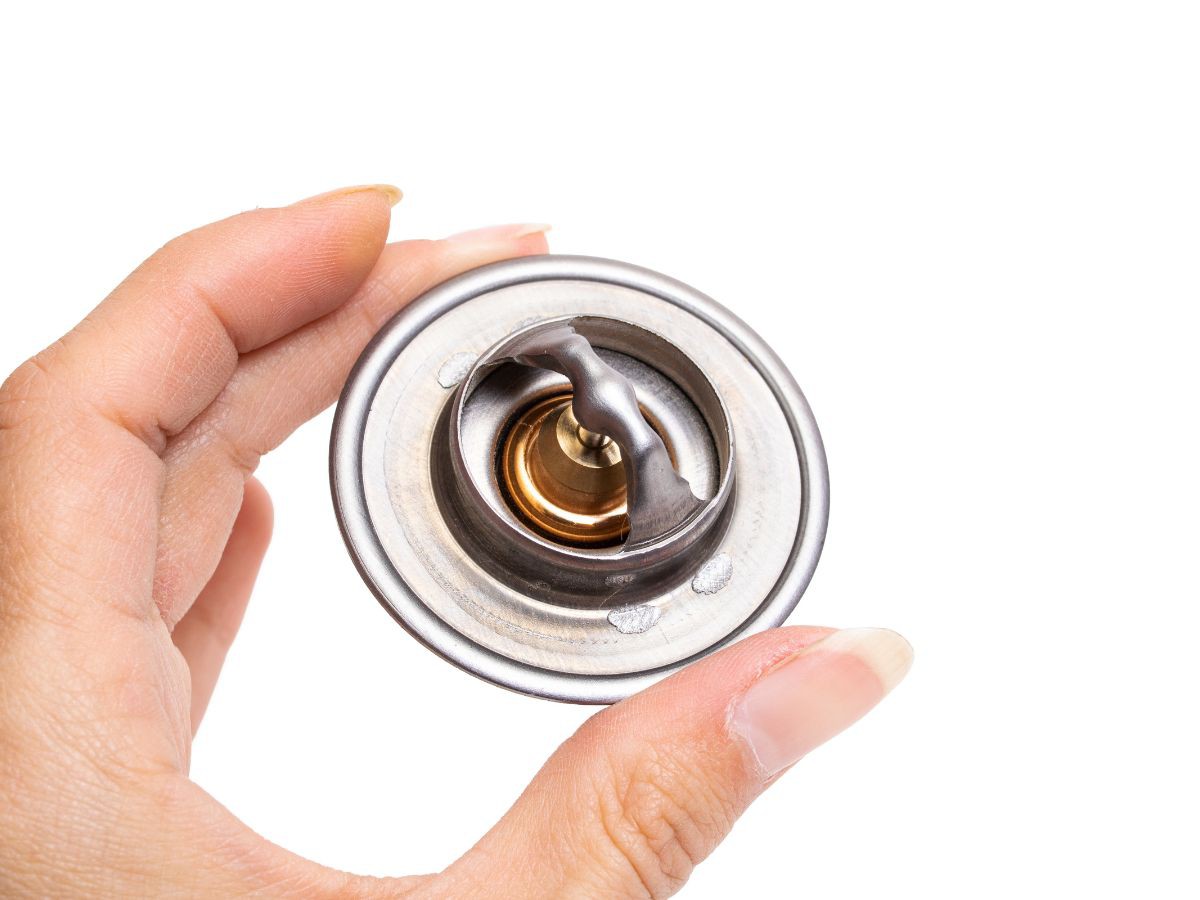
Five Signs of Thermostat Failure and How to Prevent Them?
A
crucial element of each car's cooling system is the thermostat. In any engine
cooling system, the thermostat serves as the temperature control mechanism. The
temperature of the coolant is continuously monitored via thermostats. In order
to maintain a consistent and ideal engine operating temperature, they control
the precise flow of coolant that must travel through the radiator when
necessary.
Thermostats
operate on a rather straightforward process; depending on the radiator's
temperature, they either allow or prohibit the flow of coolant. In this manner,
the thermostat valve prevents coolant flow when the engine needs to be warmed
up and permits it when the engine needs to be cooled down.
Why is it crucial to monitor the thermostat for signs of failure?
There
are a few things to keep in mind in order to keep your car's thermostat from
failing. To prevent air from entering the system and causing overheating or
defective sensors, one of these measures will be to make sure that the coolant
is replenished on a regular basis and carefully. A failed MOT test could result
from an overheating engine and warning lights on your car, so check MOT status of your car and have a defective thermostat changed.
Visual
inspection is another aspect of preventative maintenance to take into account.
When looking for car garages in Reading, it is advised to schedule your
car in for maintenance and repairs. When doing so, ask the technician to check
the thermostat at the same time as the water pump and timing belt. The valves
will be mounted correctly, and any required fixings won't be necessary if they
are replaced all at once.
5 warning signs of a faulty thermostat
The
five warning signs of a faulty thermostat are as follows:
1. High temperature readings
An overheated engine is one of the primary symptoms of a broken thermostat.
It will be simple to spot because the temperature gauge in the automobile will
probably display an unusually high reading. This problem could be caused by
valves that are jammed shut. The engine will suffer damage from overheating
since the coolant won't be able to flow. Check MOT history to see
if this was the reason for a previous MOT failure for your car.
2. Erratic changes in temperature
A malfunctioning thermostat will frequently result in the entire
cooling system functioning sporadically and fluctuating in temperature. You can
notice any spikes and declines in the temperature gauge on the dashboard by
keeping an eye on it. If this occurs, the malfunctioning thermostat is probably
to blame for temperature confusion. To prevent further damages to your engine
and a potentially expensive repair bill, you should immediately go online and
look for garages in Reading and schedule an appointment
for your vehicle with a mechanic.
3. Coolant leaks
The
coolant keeps the engine operating at the proper temperature, and its
performance may be impacted by a shortage or imbalance of the fluid. There is a
good likelihood that air is entering the cooling system or that coolant is
escaping if the coolant leaks out of the thermostat housing or from underneath
the car.
4. Increased fuel consumption
Fuel economy is reduced, and exhaust emissions are significantly increased by
both engine overheating and overcooling. Due to the vehicle's inability to
attain its operational temperature, this occurs. In this instance, the
indications of a thermostat malfunction would most likely manifest as higher
fuel usage and an unanticipated increase in monthly expenditure costs.
5. Unusual noises
A failed
thermostat could readily be indicated by noises emanating from the engine, the
vibrator, or from both. Gurgling, knocking, and rumbling noises could be the
result of a jammed valve or an outdated thermostat causing coolant to boil.
How a Car Thermostat Works
A
car thermostat's primary job is to regulate how much coolant enters the engine.
The thermostat will be closed when you start your vehicle after it has been
sitting. The engine of your car will heat up as you drive.
The
thermostat opens as a result, allowing coolant to run directly through the
engine. In this manner, the engine will be cooled off and kept from
overheating.
The
thermostat will, however, likely remain closed if you leave your vehicle engine
running while you're parked because it takes longer for it to reach operating
temperature while it's just idling versus driving.
A
coolant temperature sensor that measures the engine's operating temperature
informs a functioning thermostat when it is appropriate to open. Because the
engine needs to be constantly cooled off from the coolant while you drive, the
thermostat is typically open for the majority of the time. This keeps the
engine's temperature normal, which aids in preserving the level of performance.
Of
course, external factors can also have an impact on the engine's temperature. A
prime illustration of this is the temperature of the area around you. The
degree of cold or heat outdoors has a significant impact on whether the
thermostat is open or closed. However, if your thermostat is operating
properly, it will be able to determine when to carry out either action.